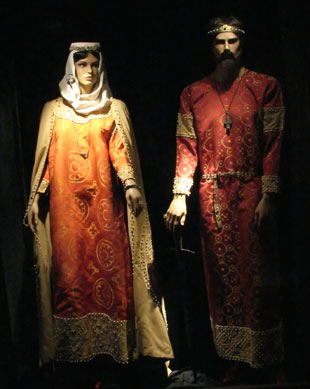
Bagpipe playing and the Ilinden Fair Assembly are held in the village of Gela in the heart of the Rhodope Mountain. In the 20th edition of the competition, kaba gaida performers from different folklore regions of the country are taking part. The..
"Razgrad is once again the capital of yoghurt", announced Deputy Mayor Dobrin Dobrev on the occasion of the opening of the 21st Yoghurt Fair today. The idea of the fair is to promote the folk traditions of the Kapantsi people , a small ethnographic..
Almost 4,000 performers from all folklore regions of Bulgaria are taking part in the Rozhen 2023 fair, July 14-16. This year the contest programme will also feature Ukrainian folklore groups from Bolhrad and from Krynychne village in Odessa region,..

+359 2 9336 661
